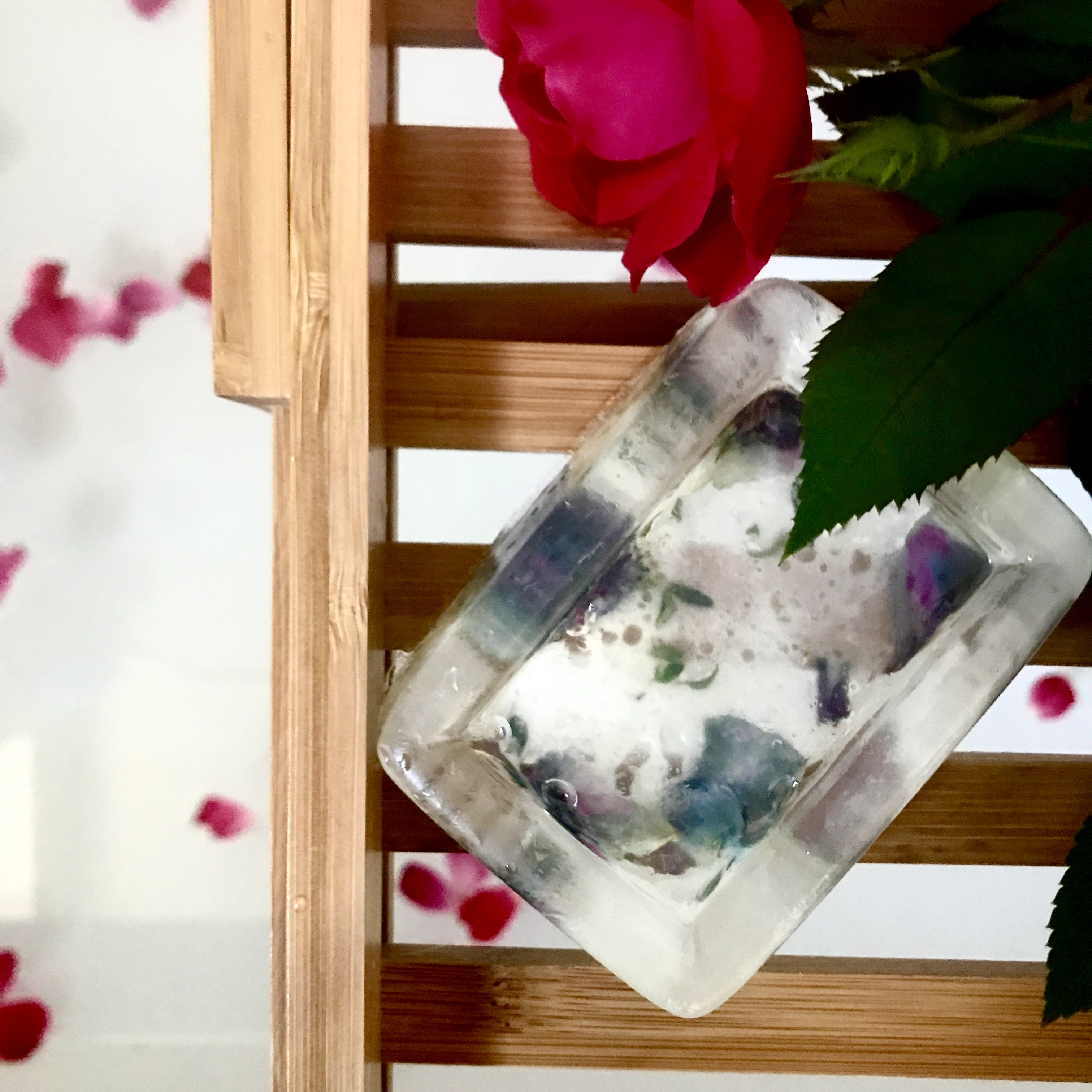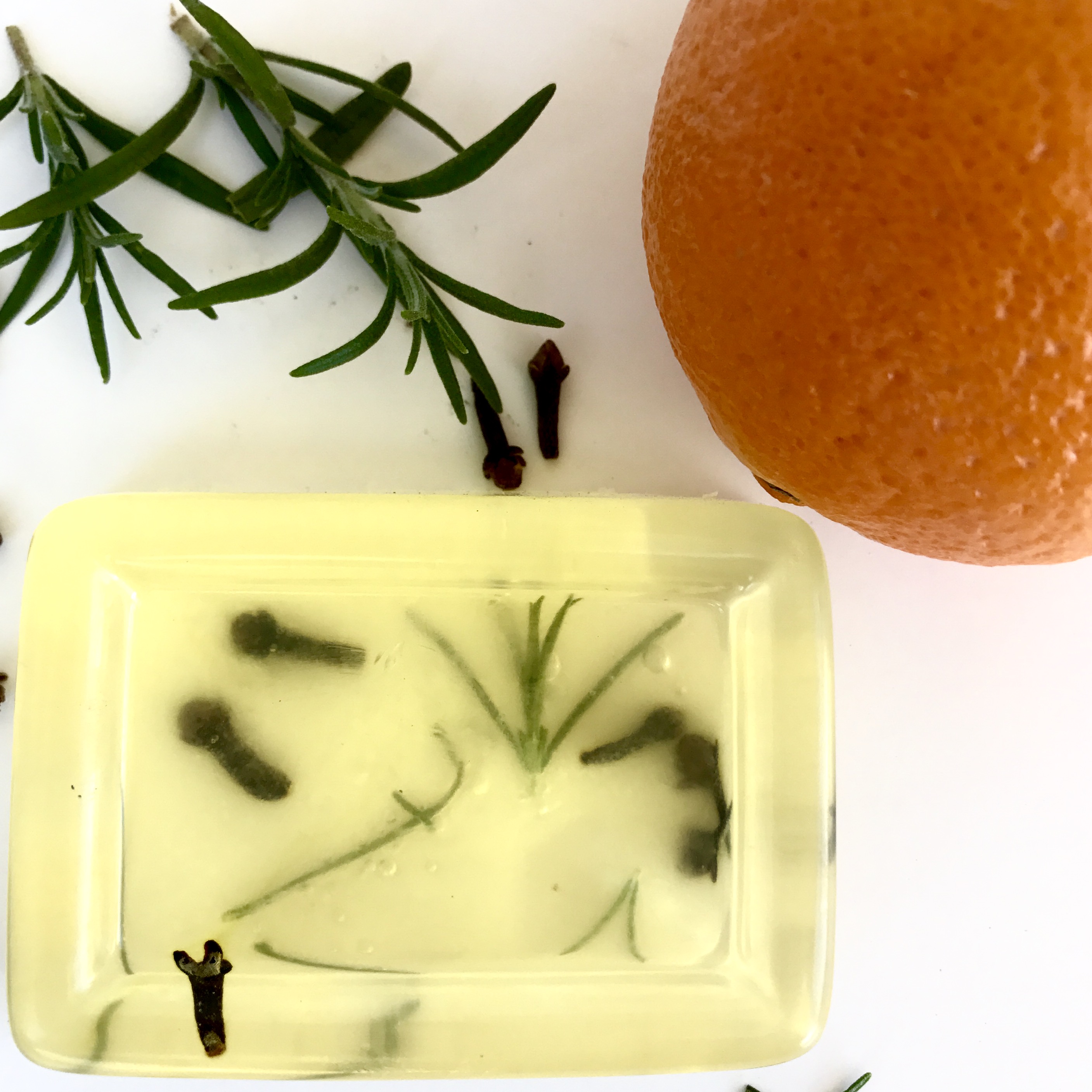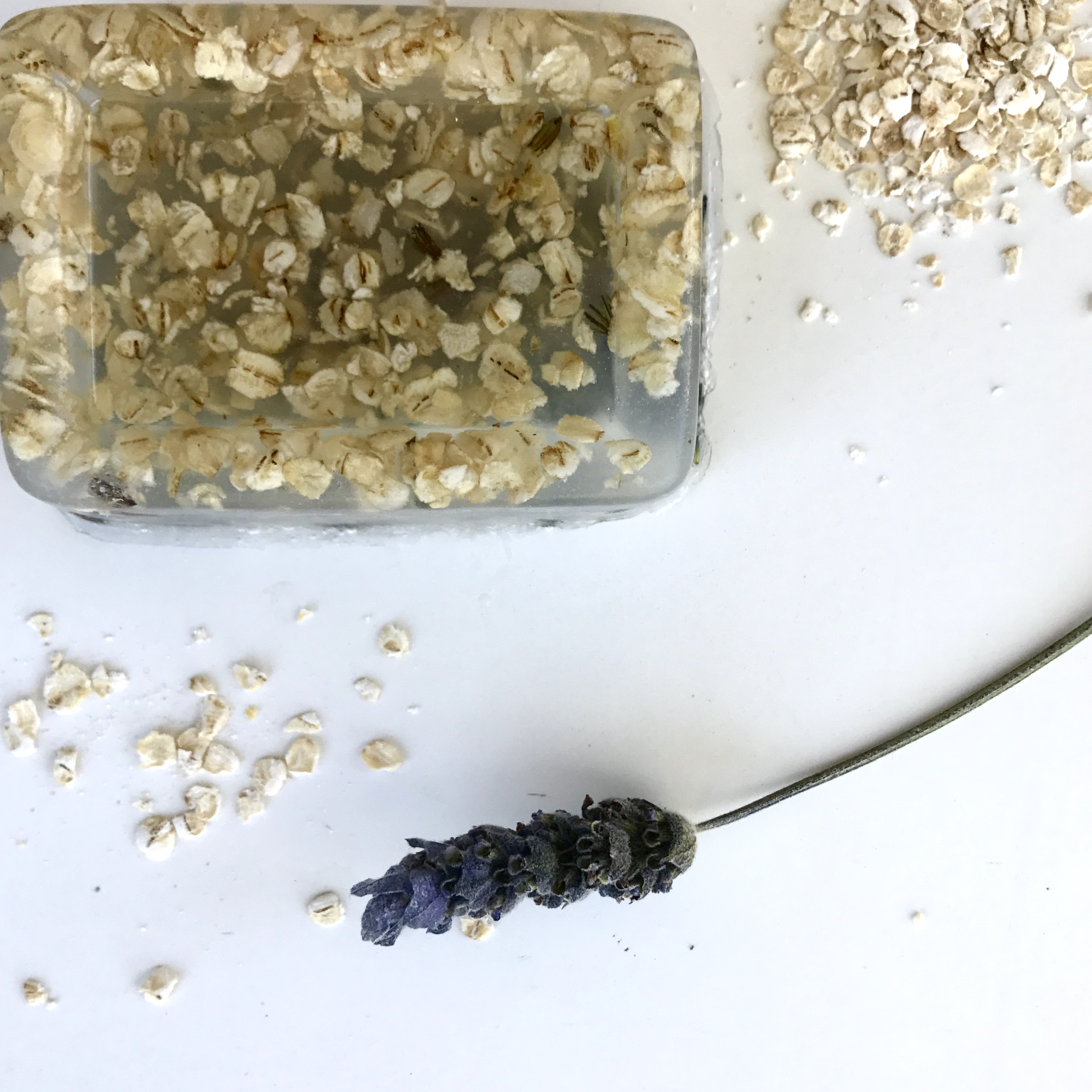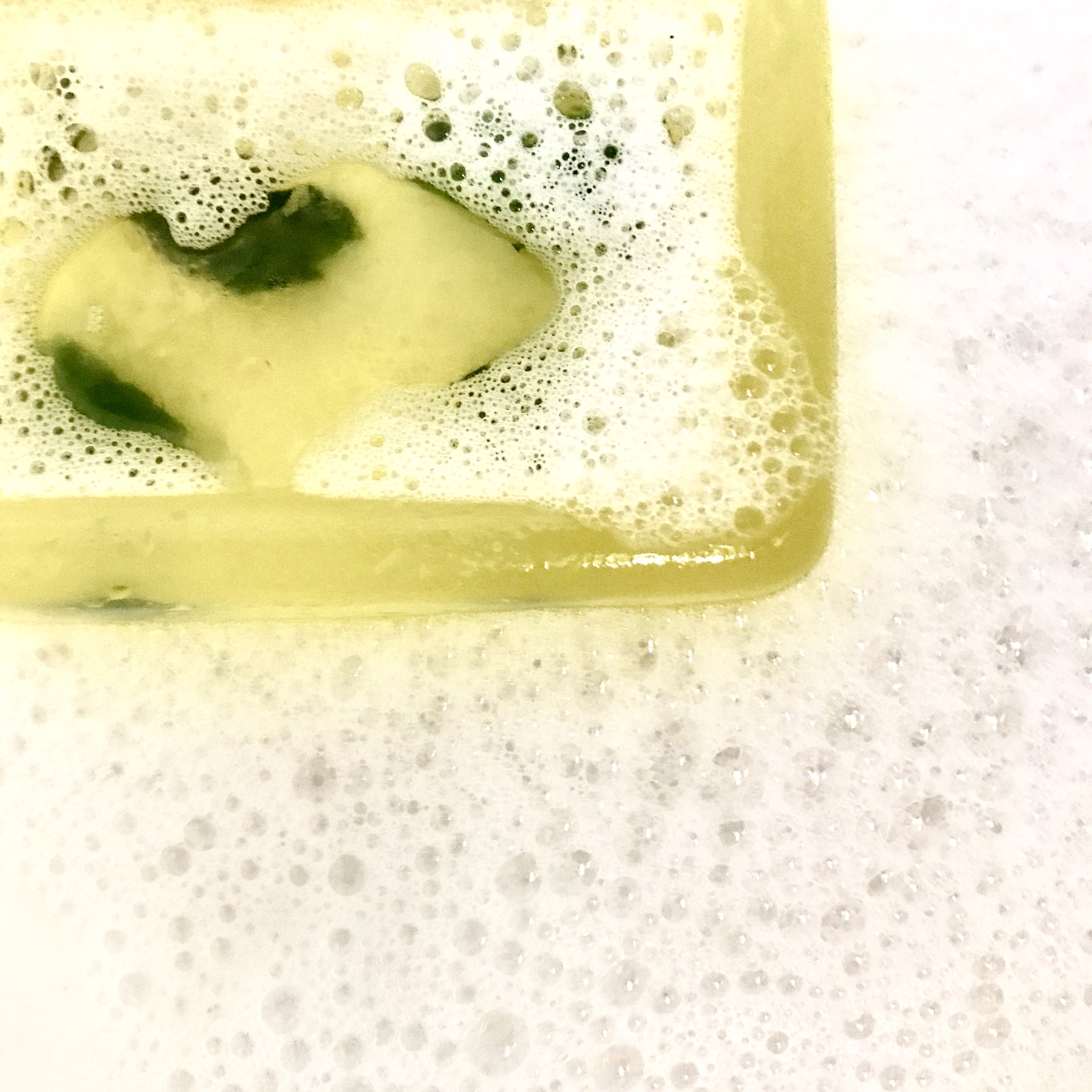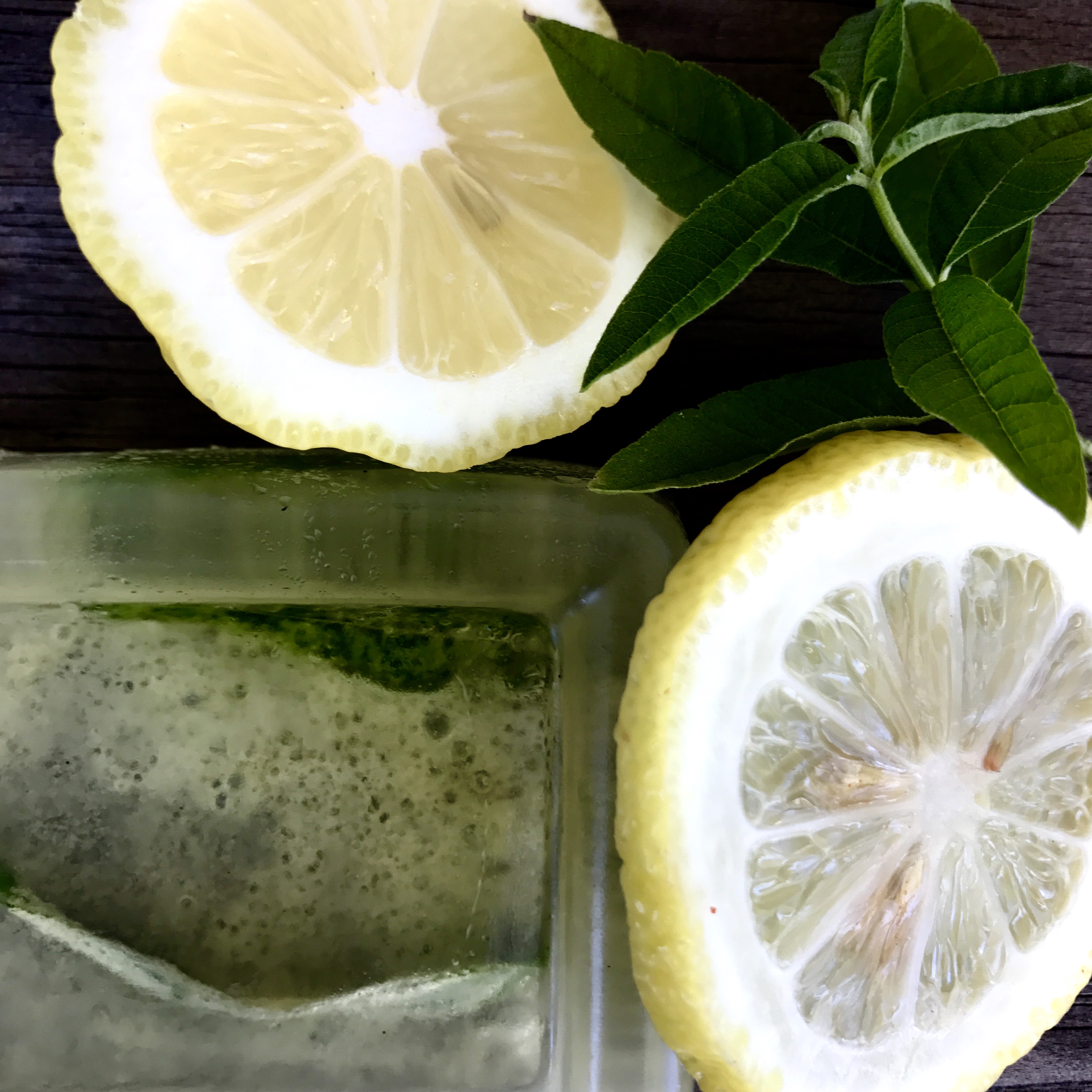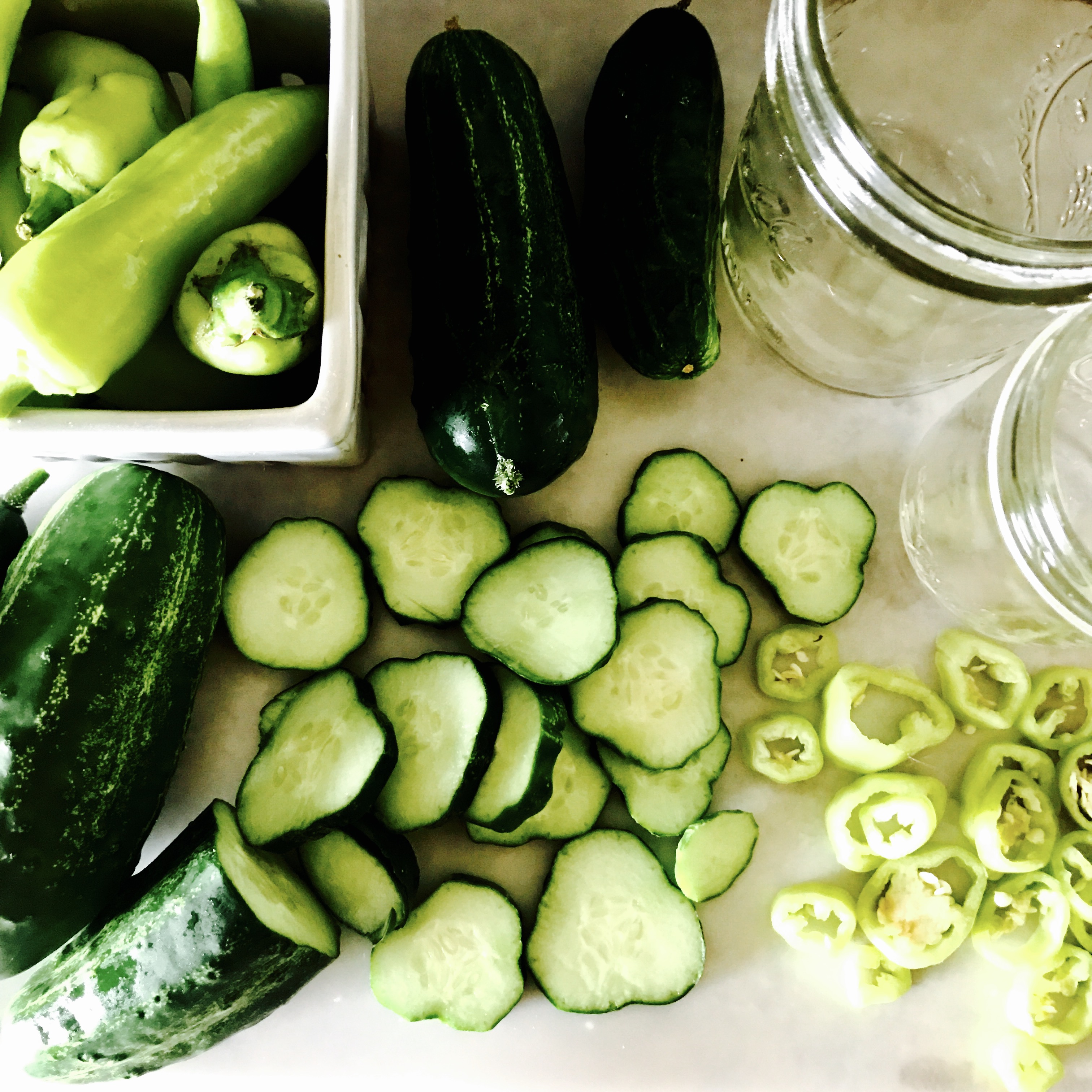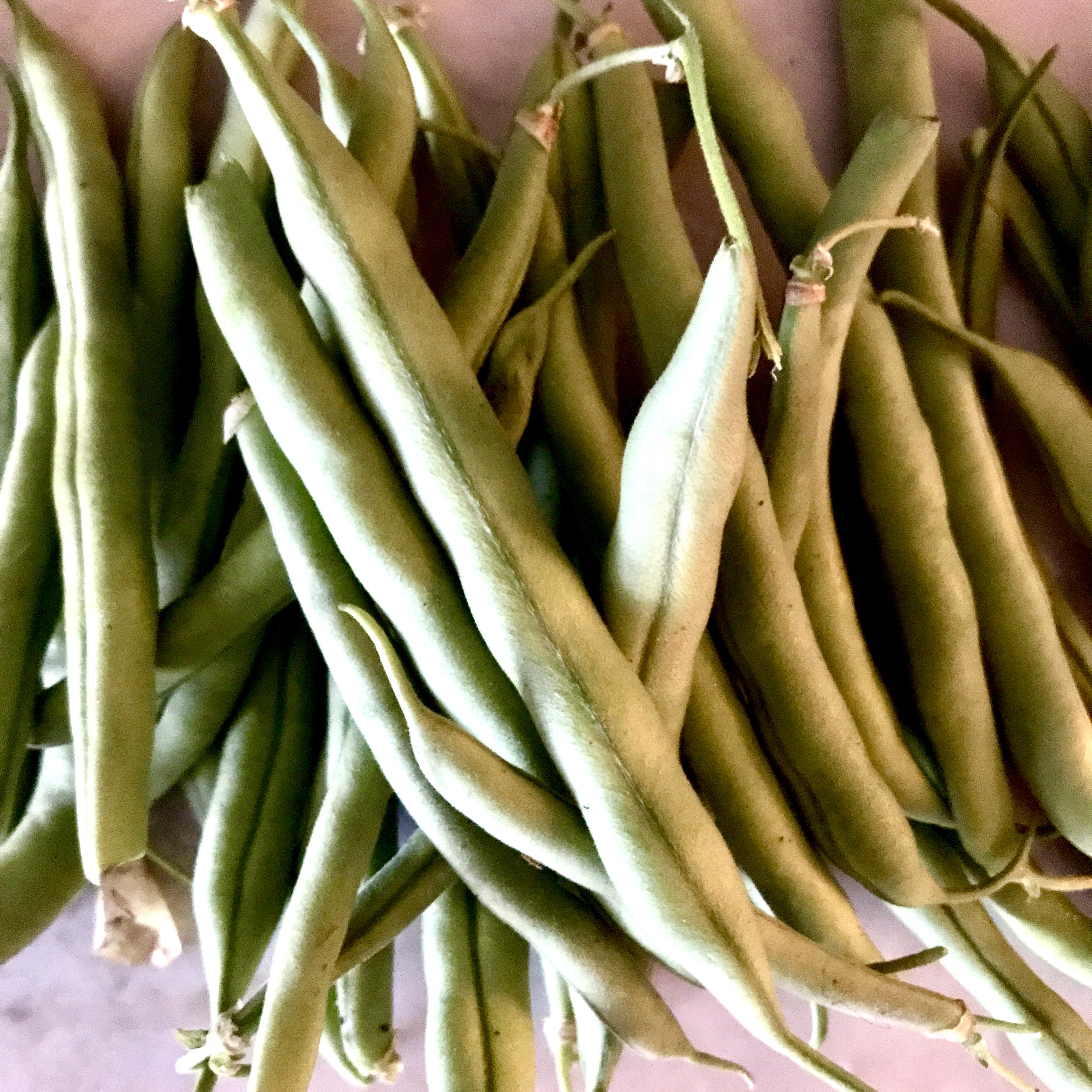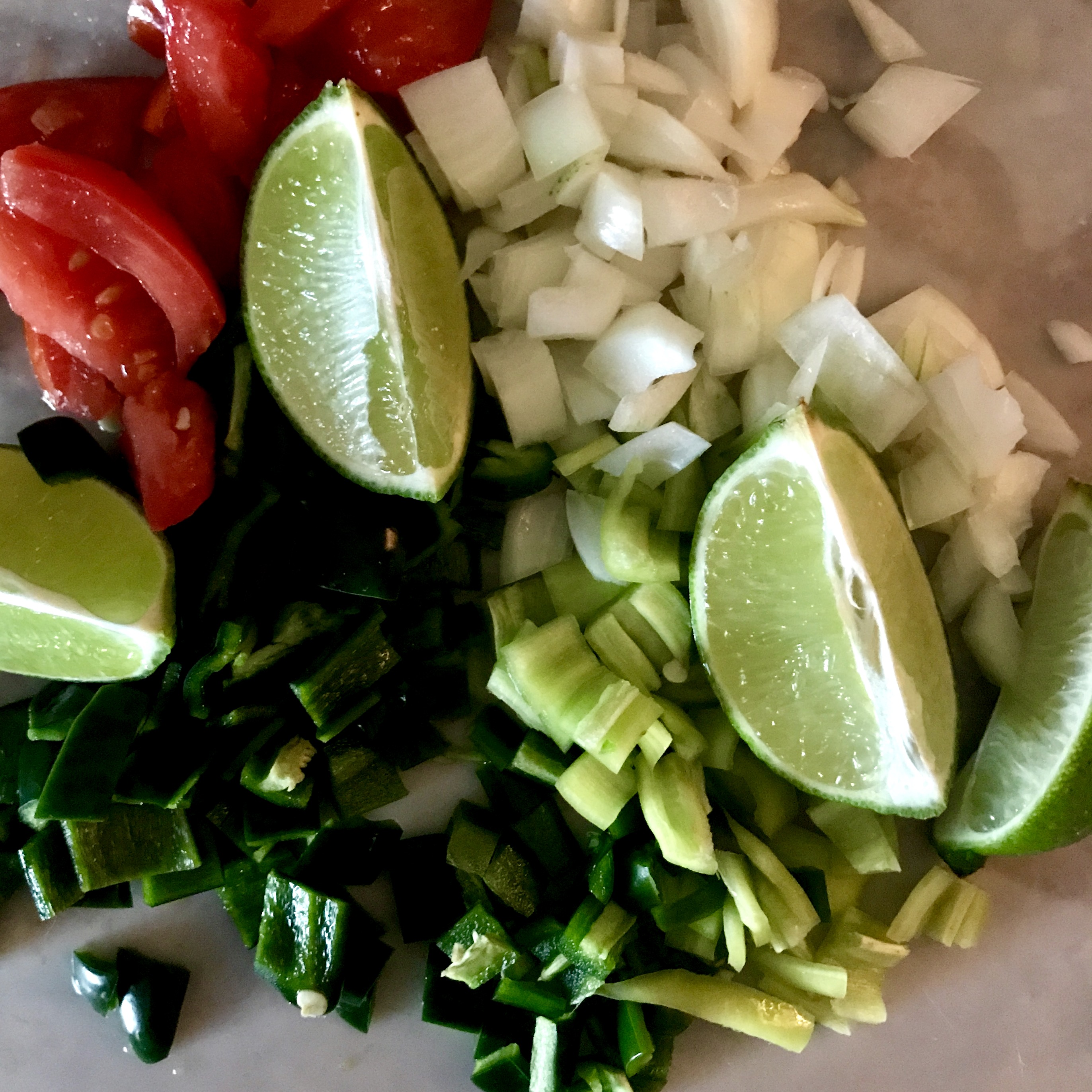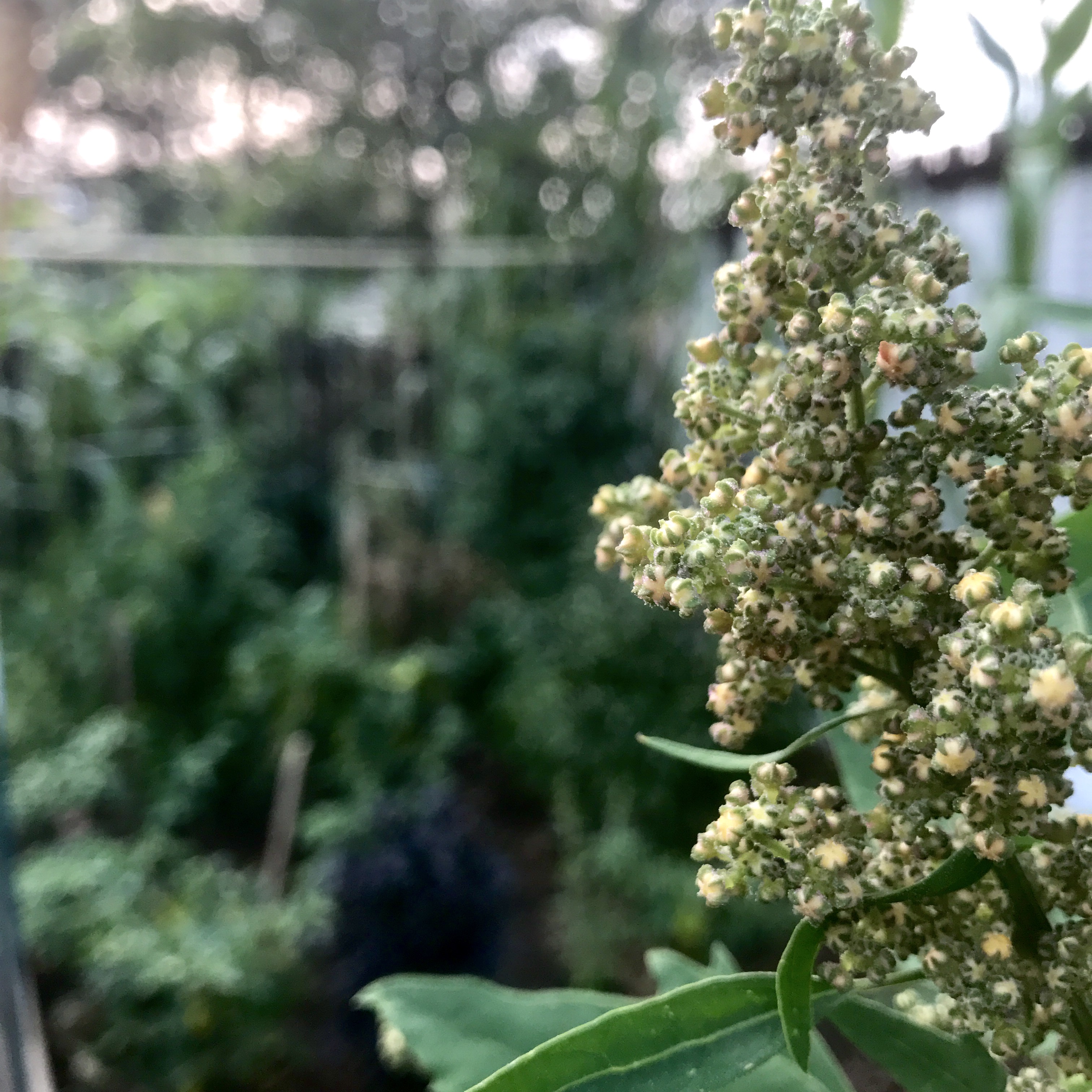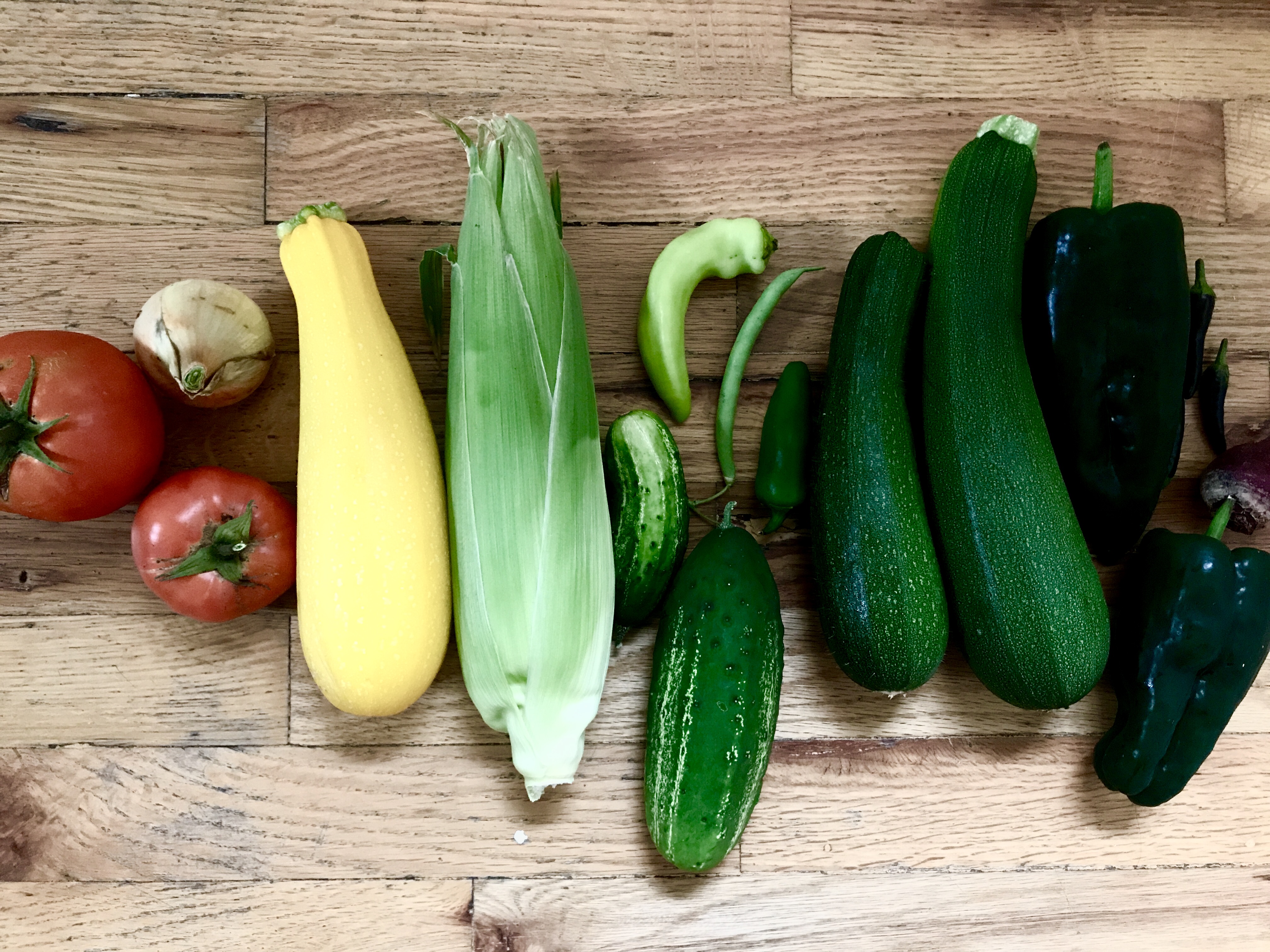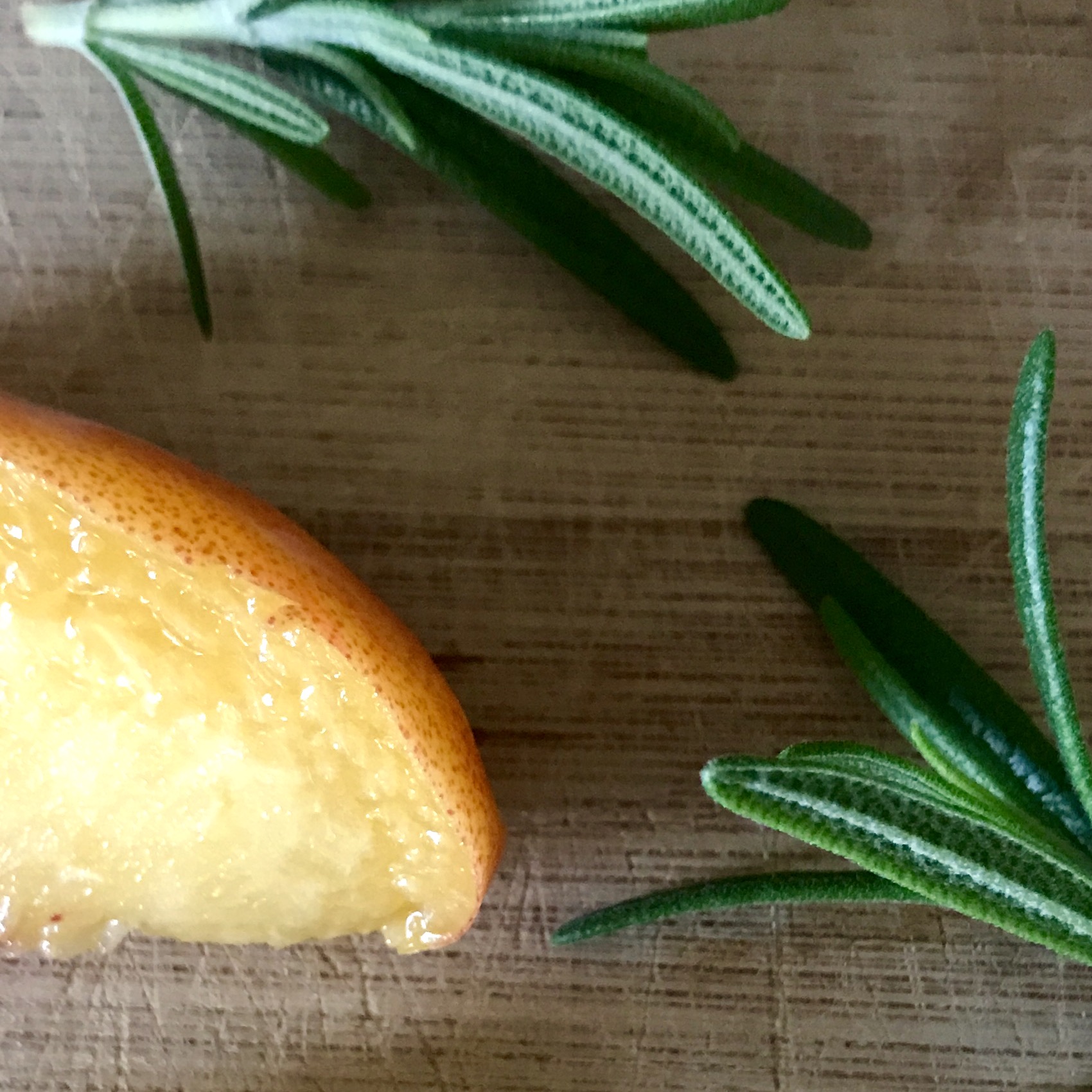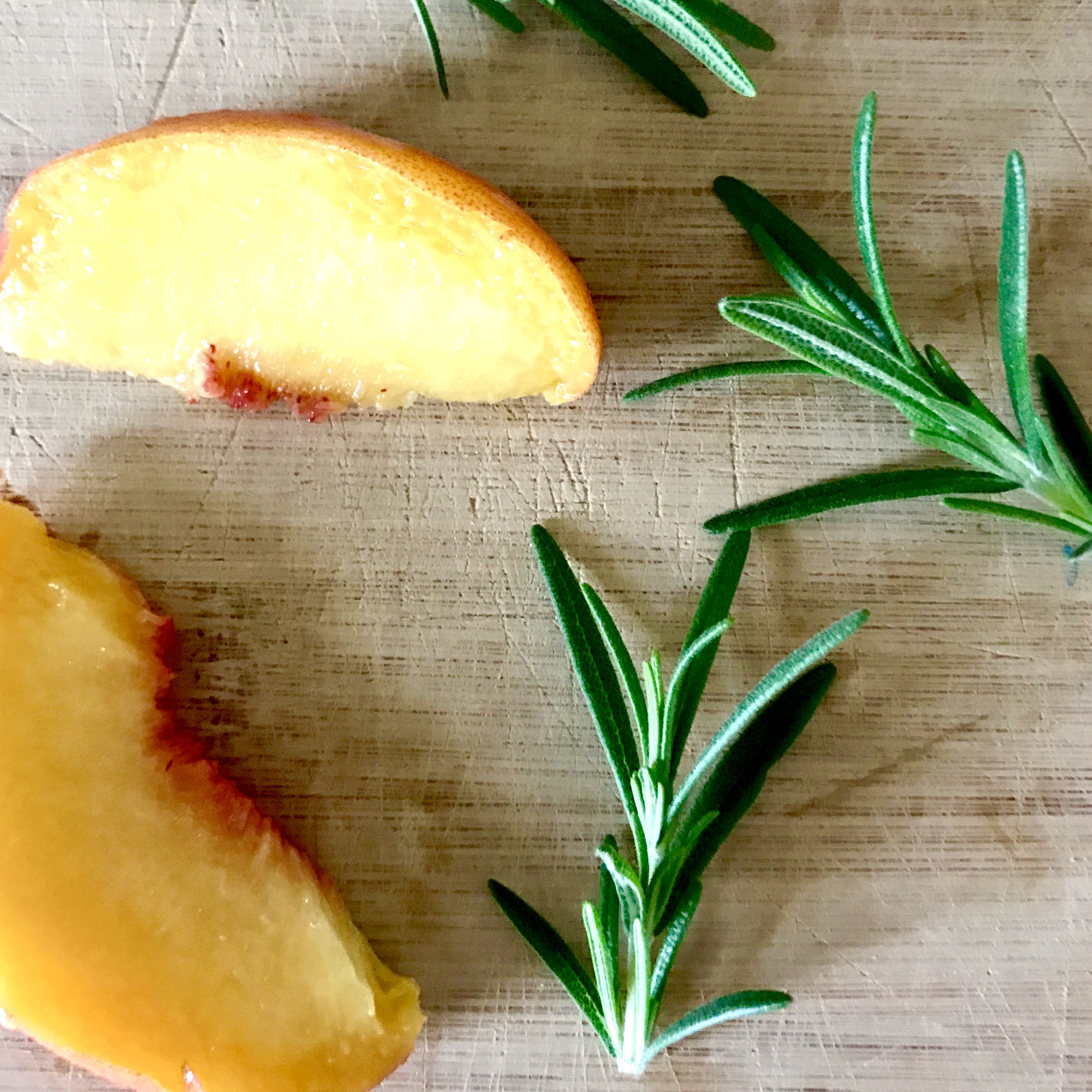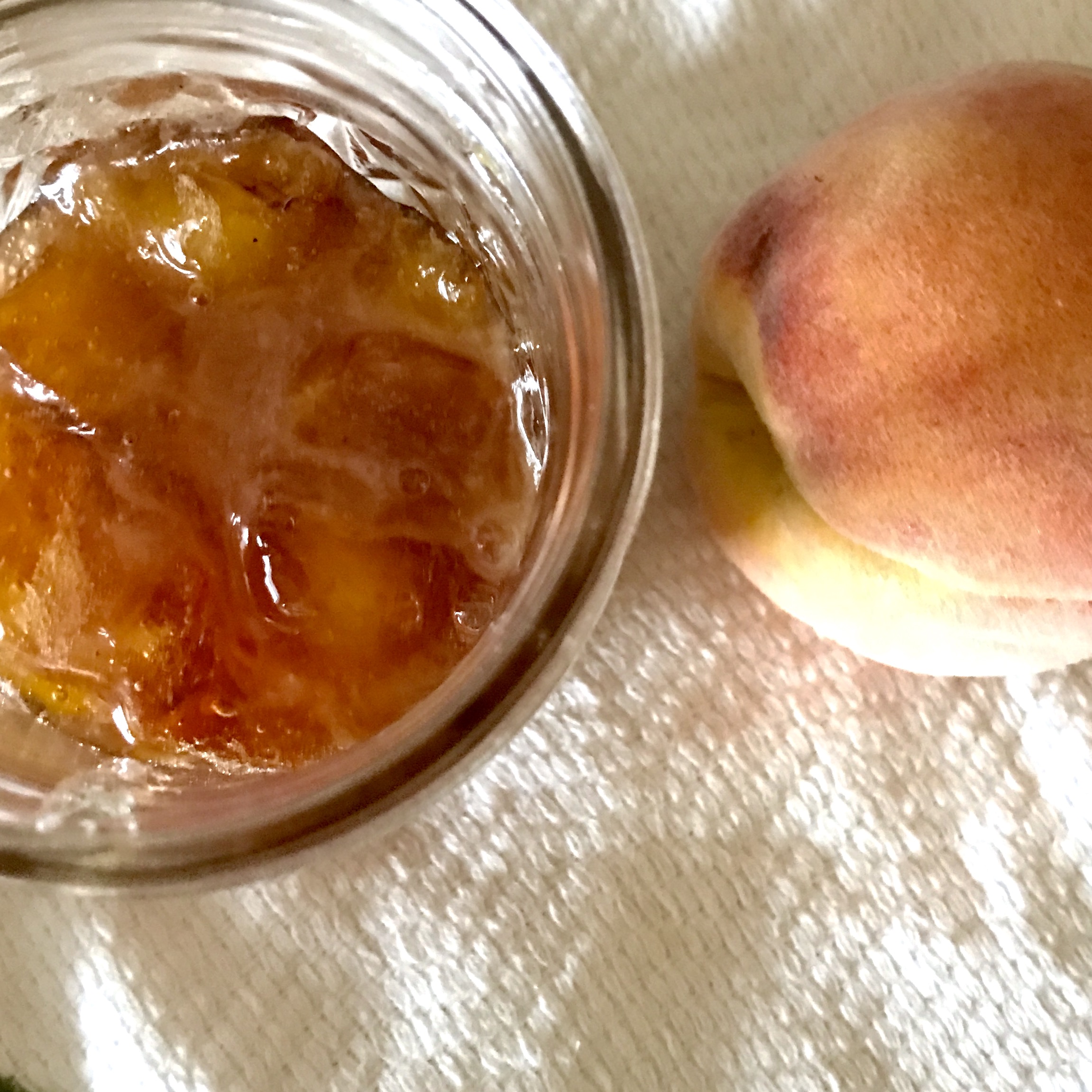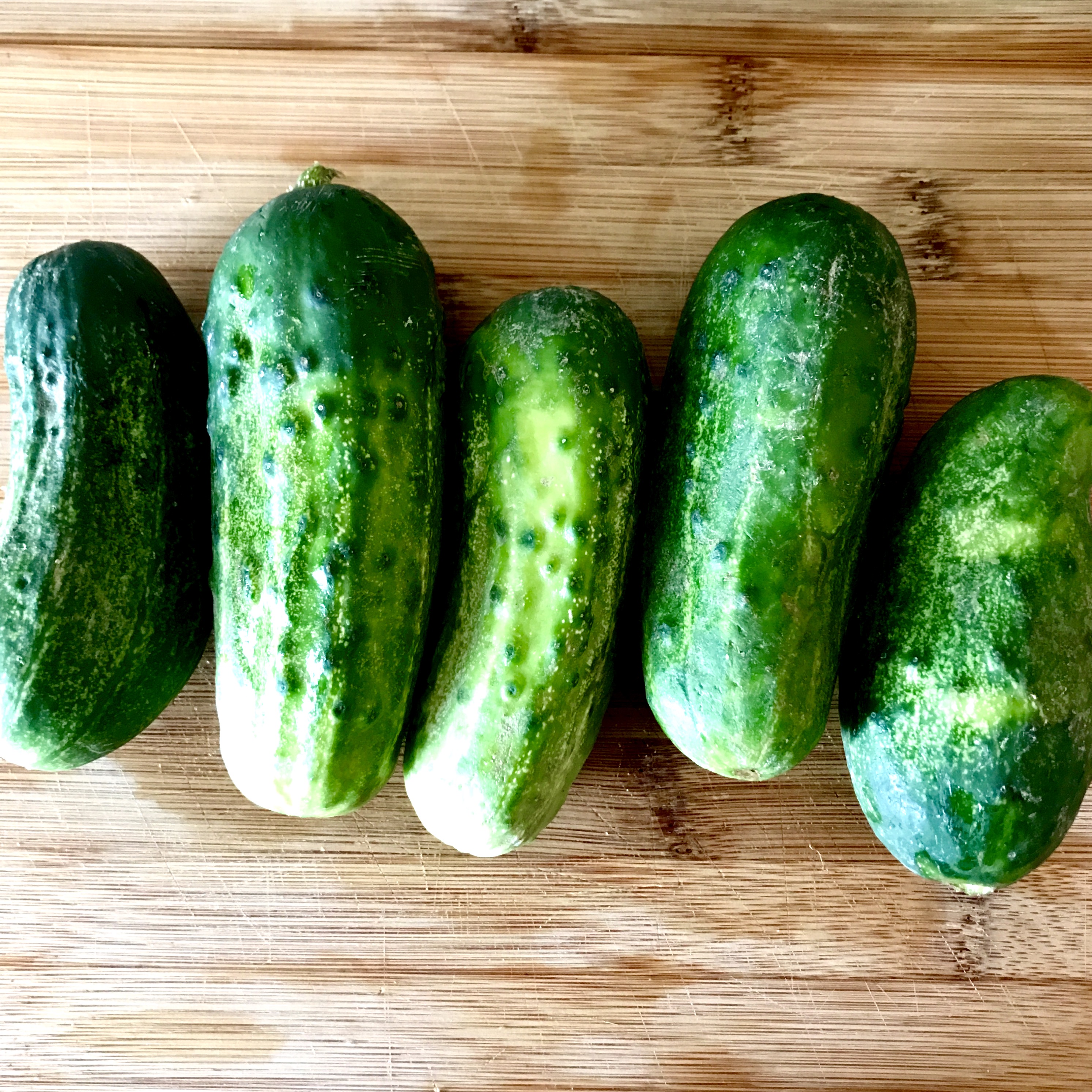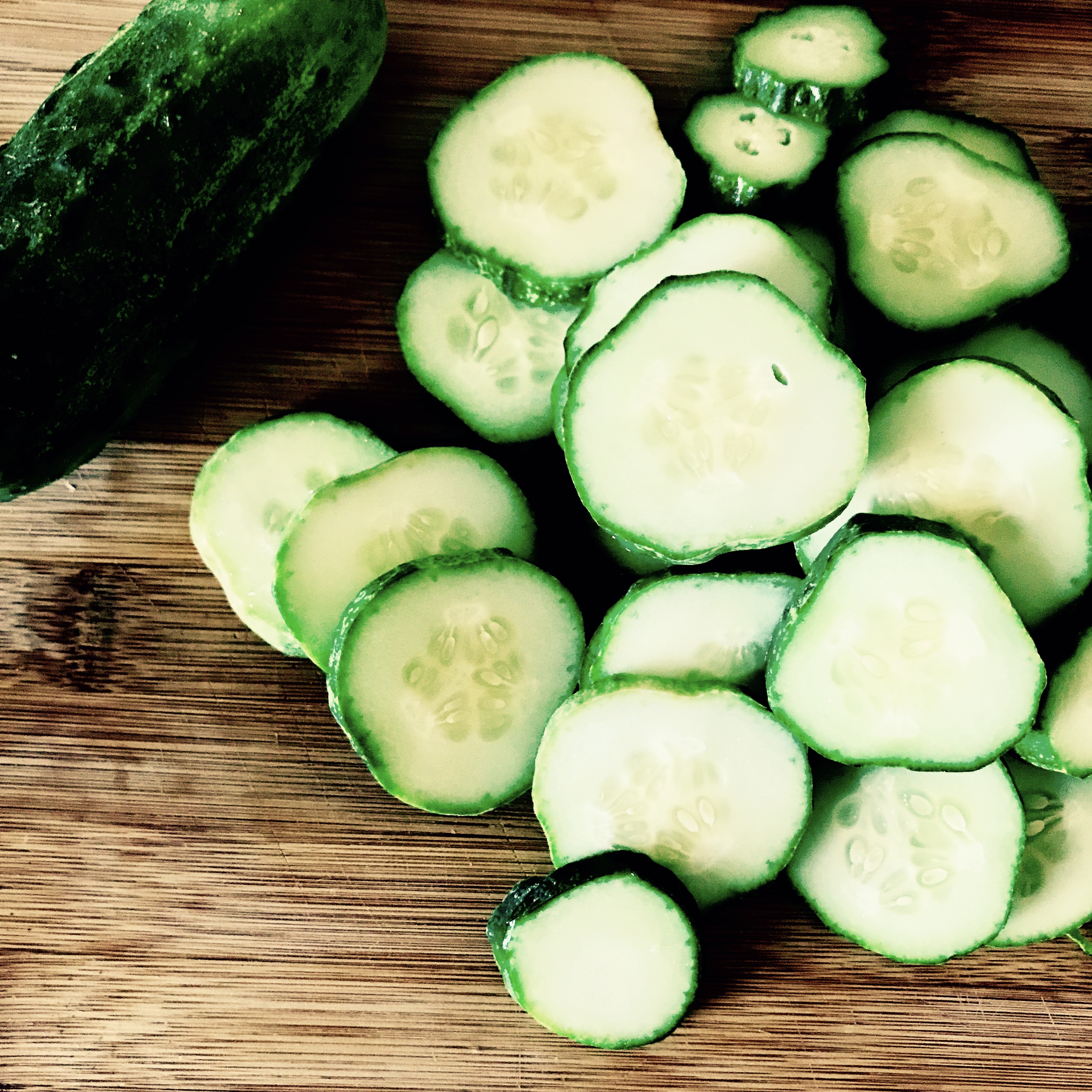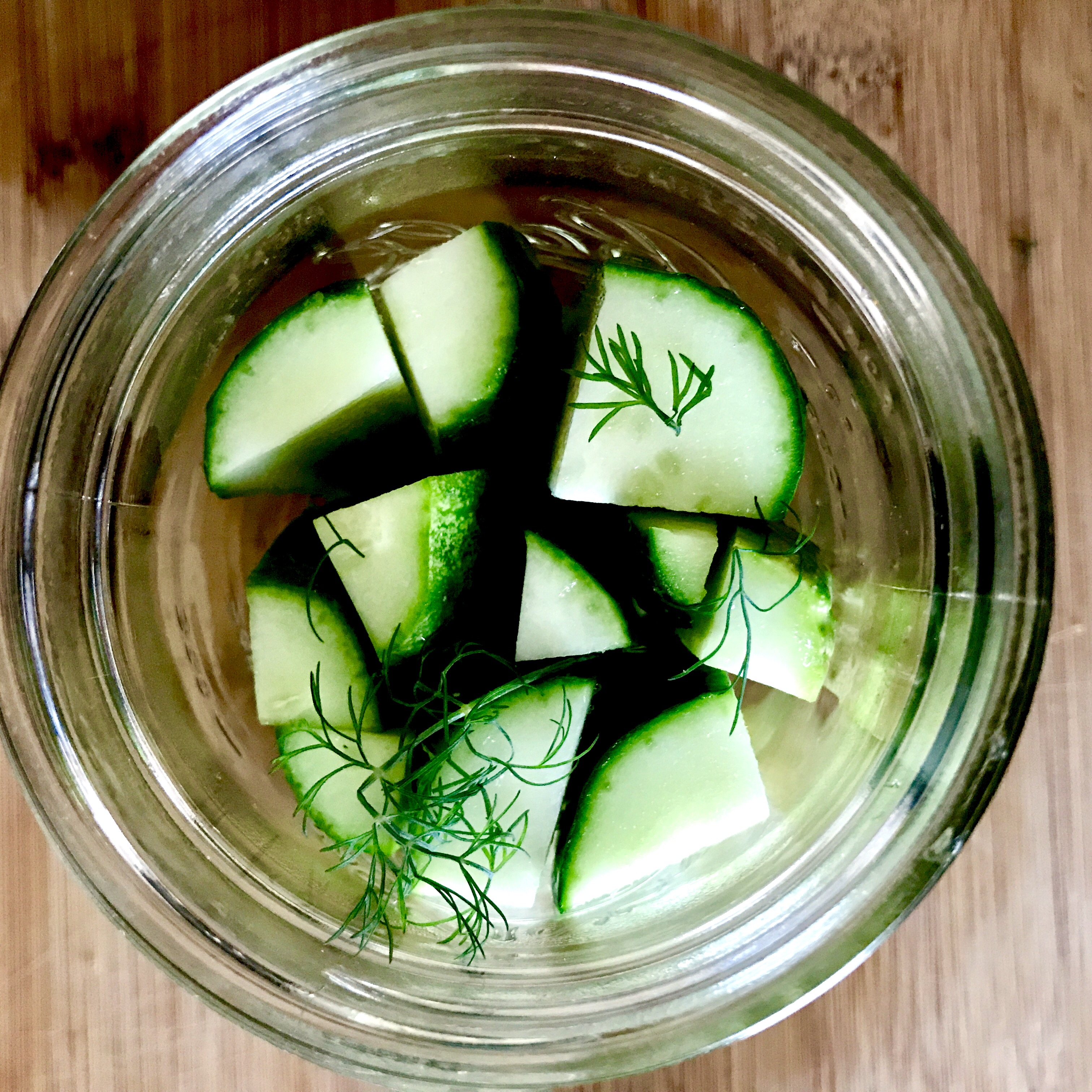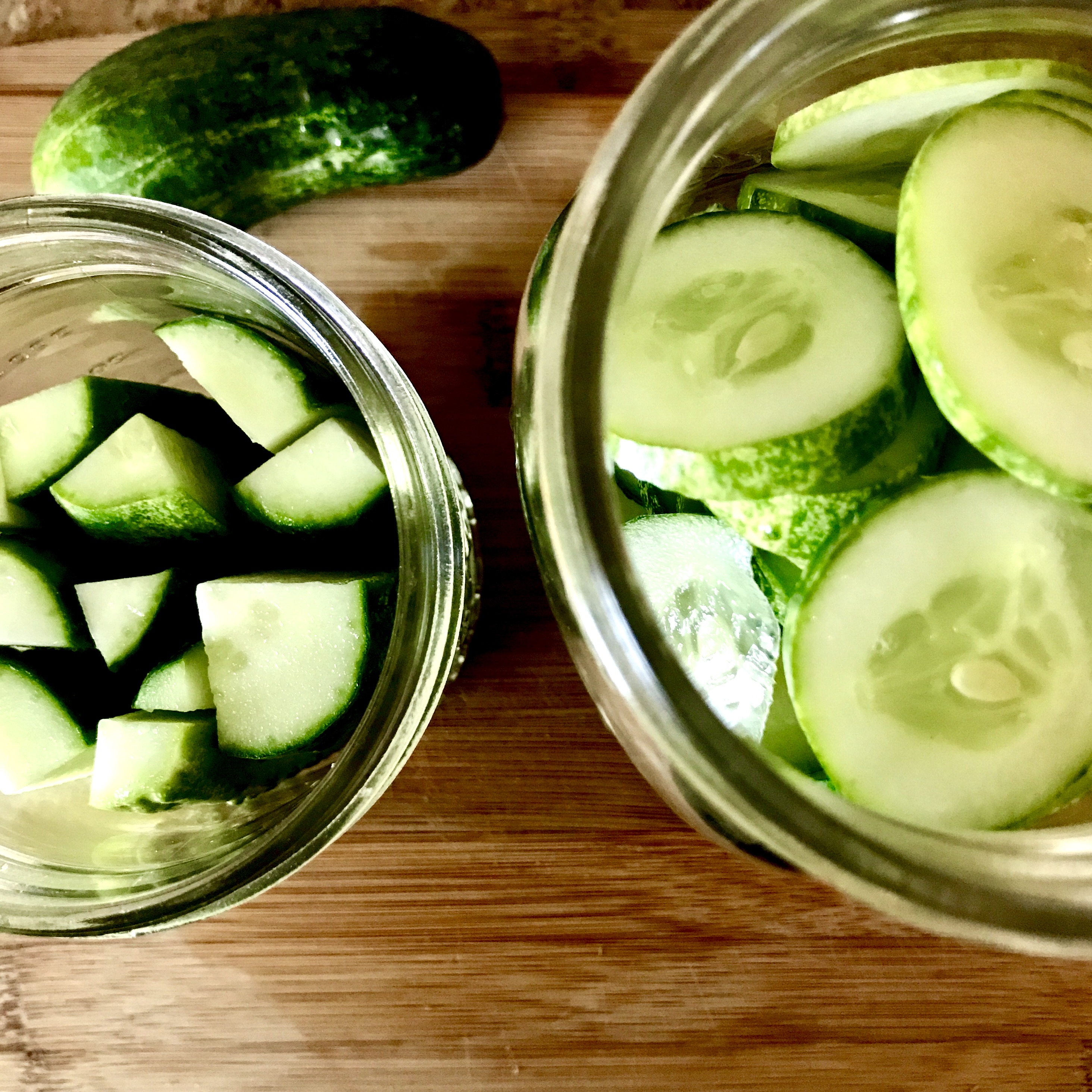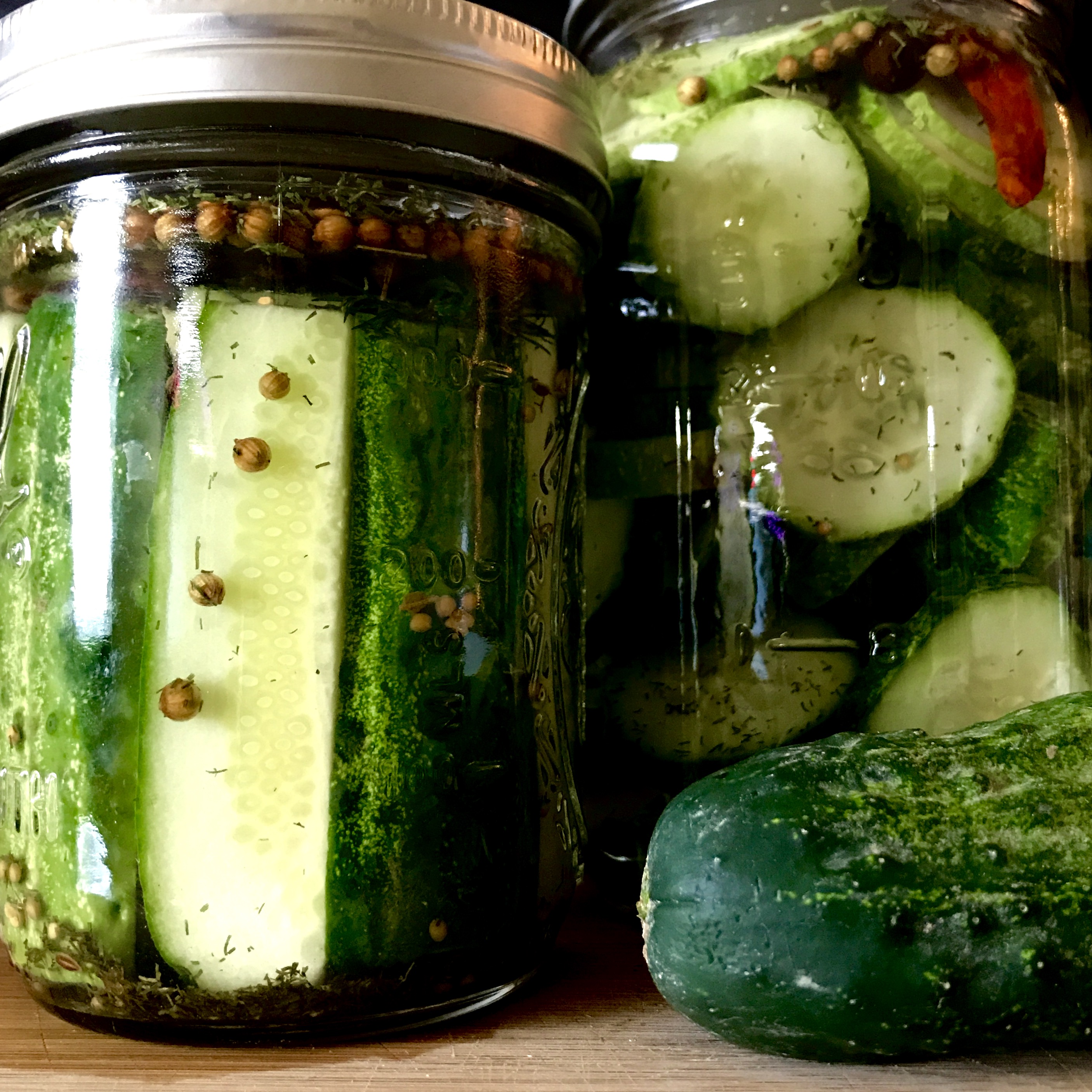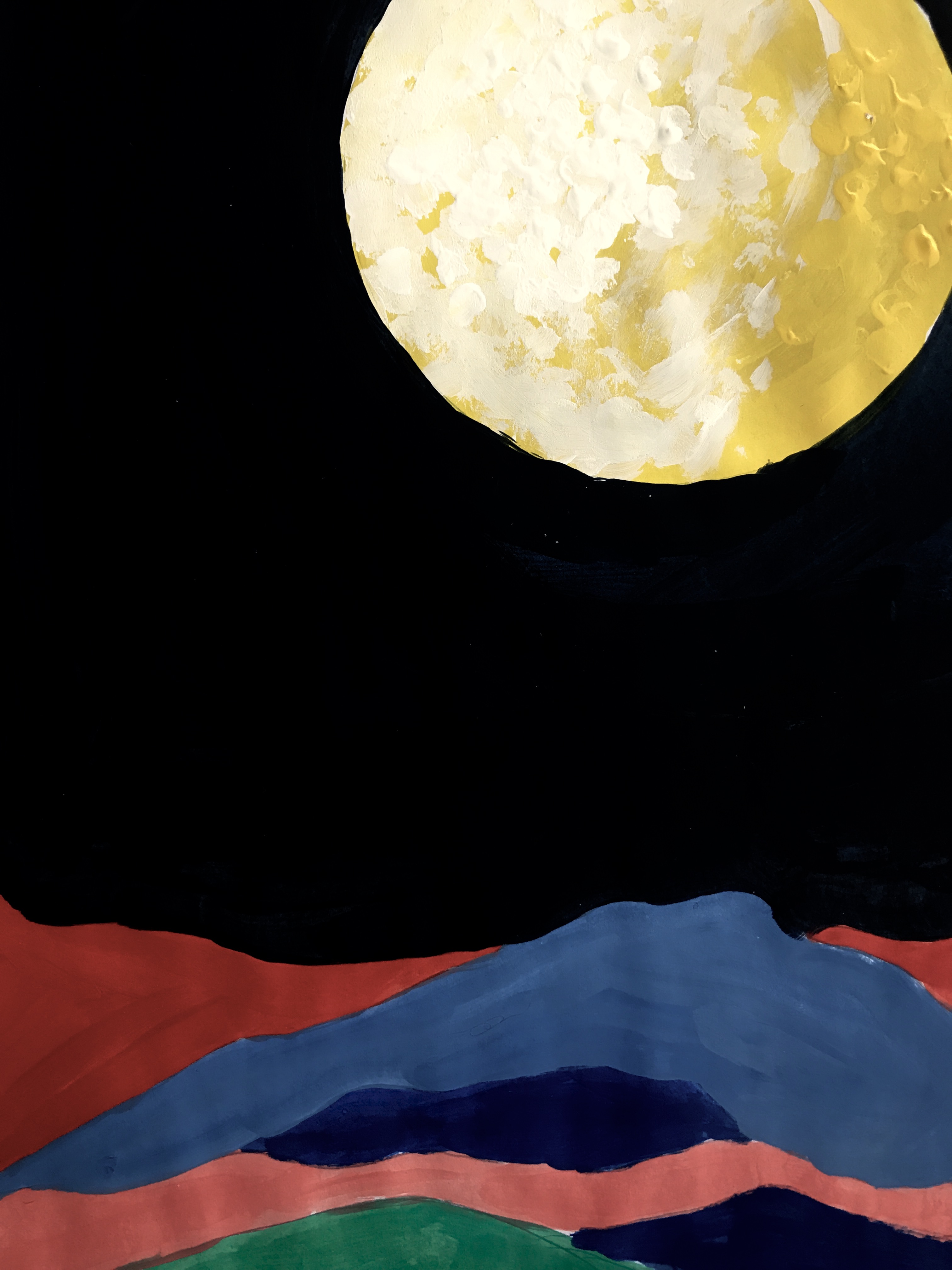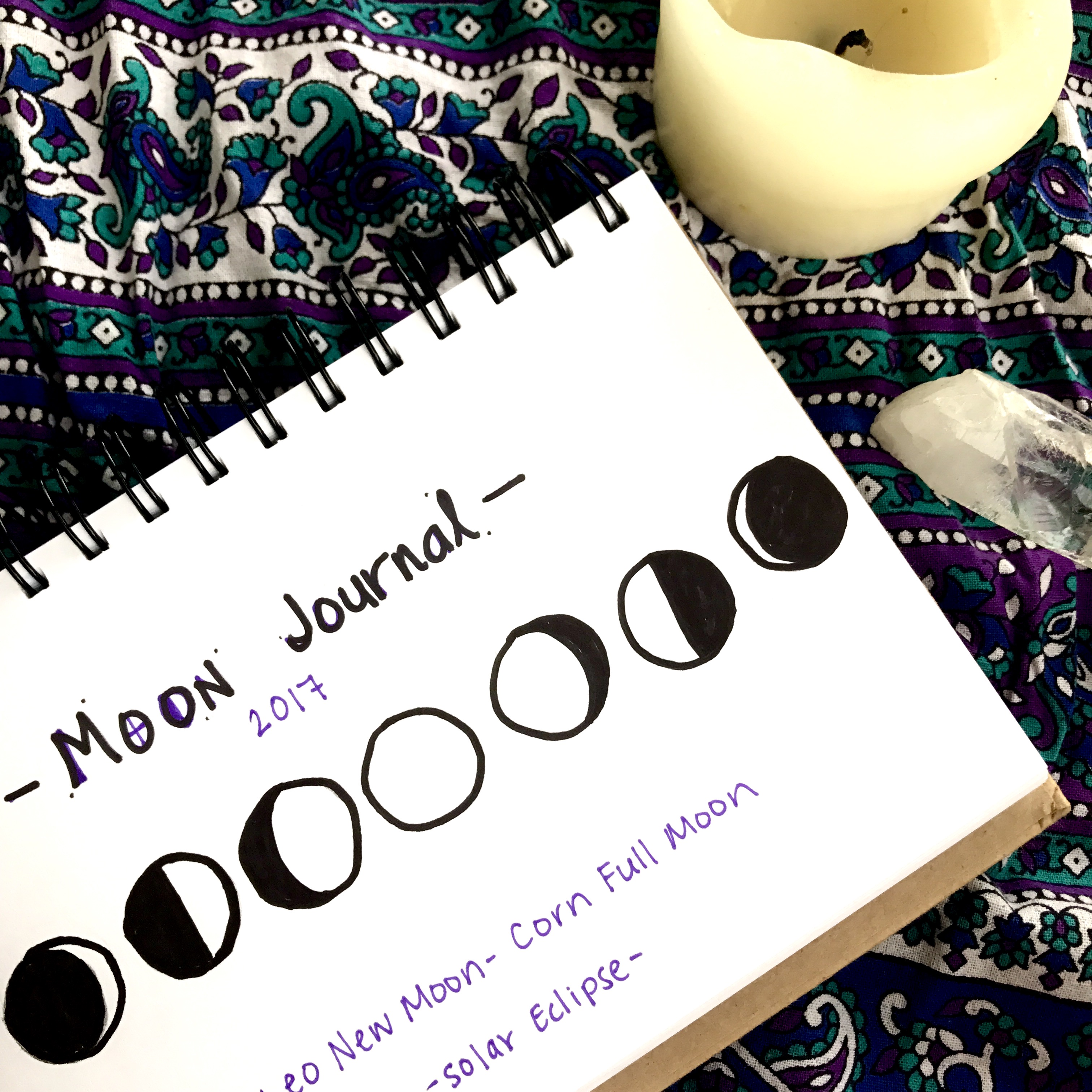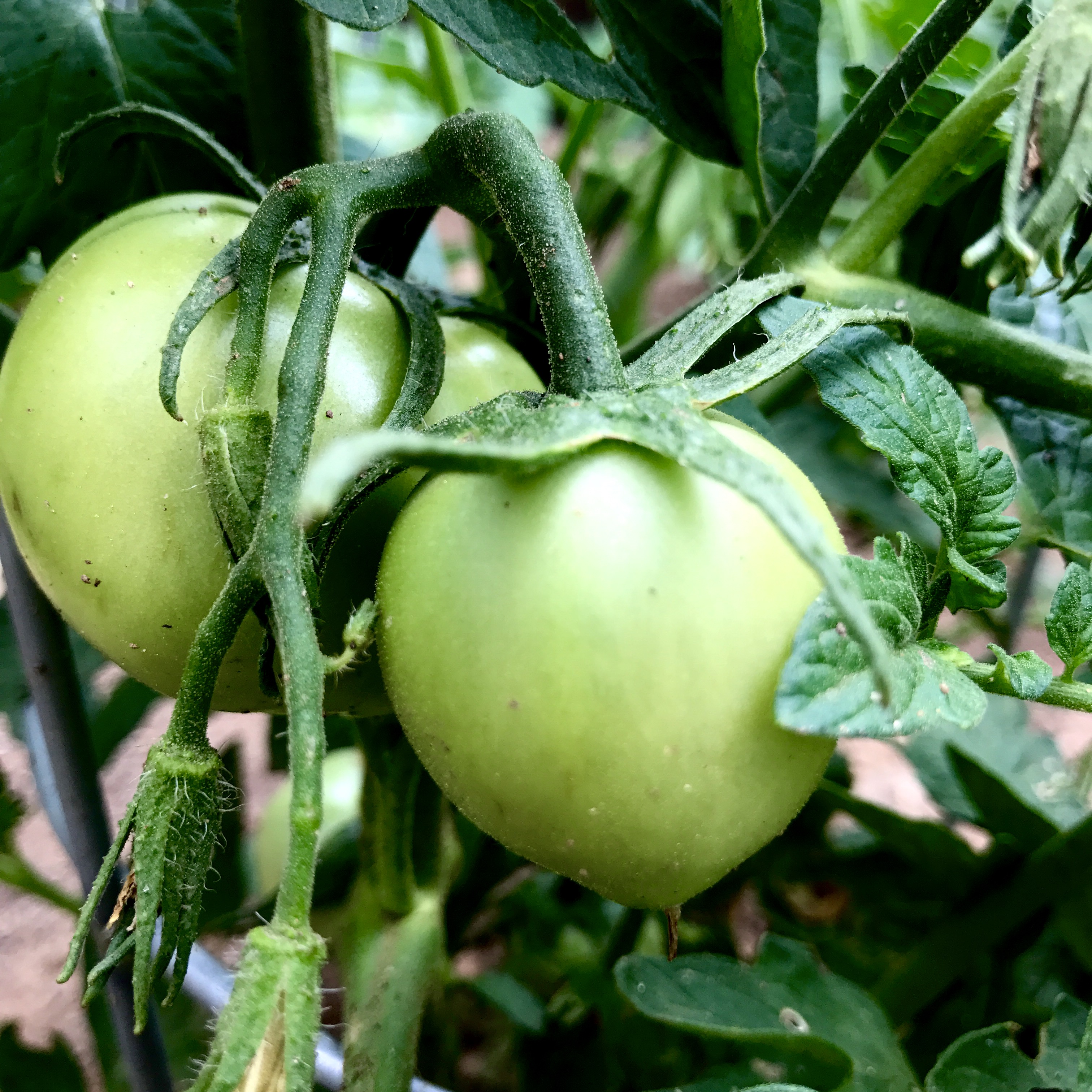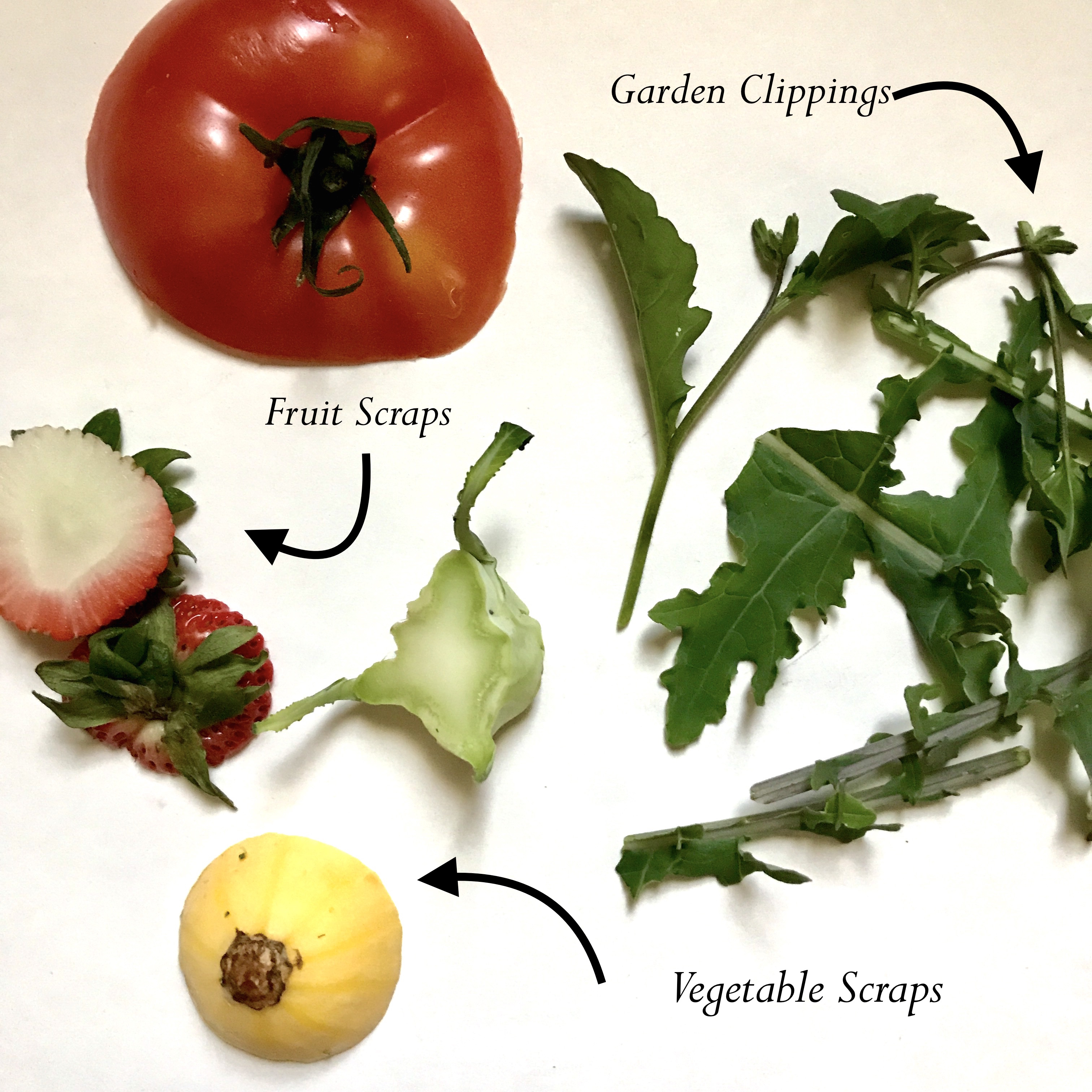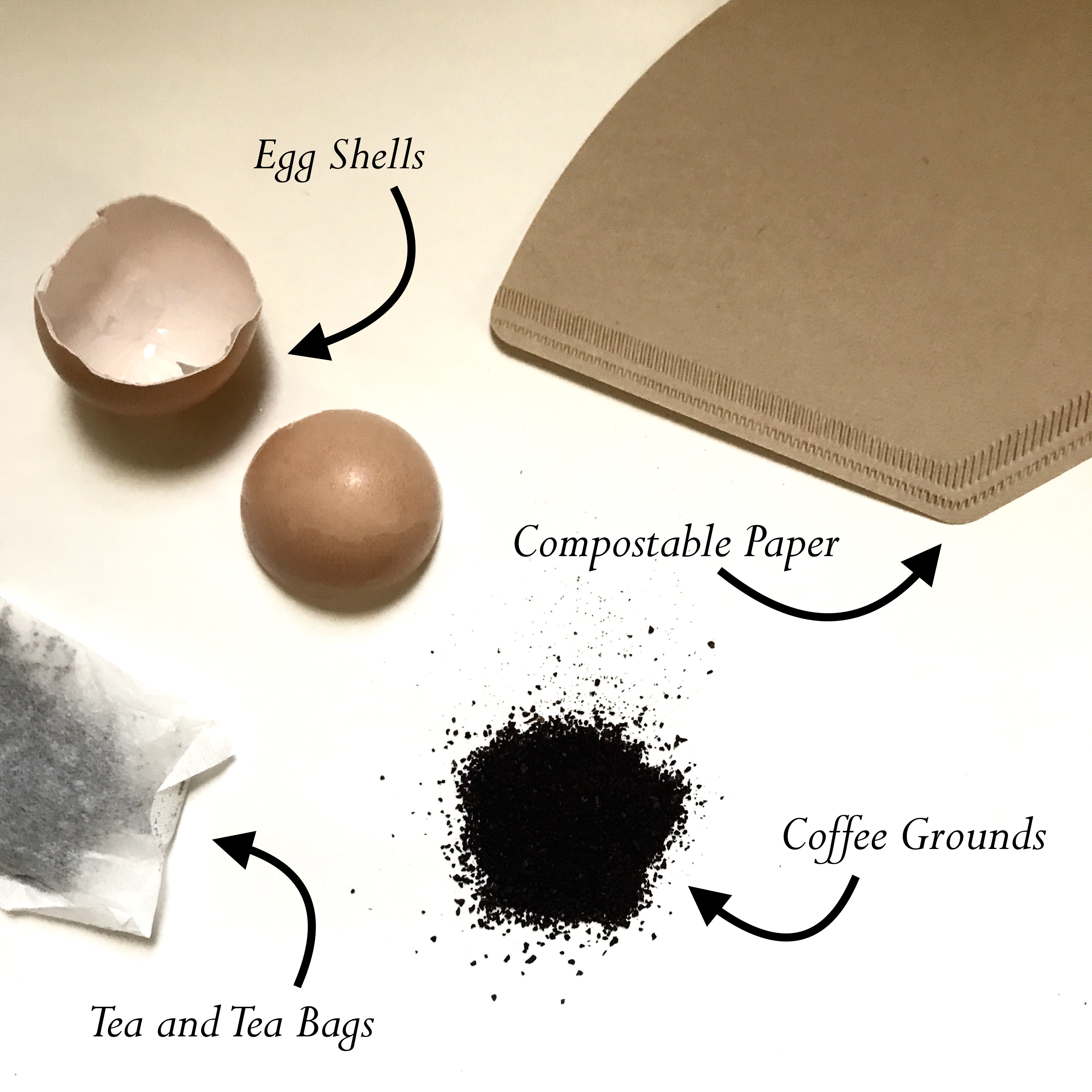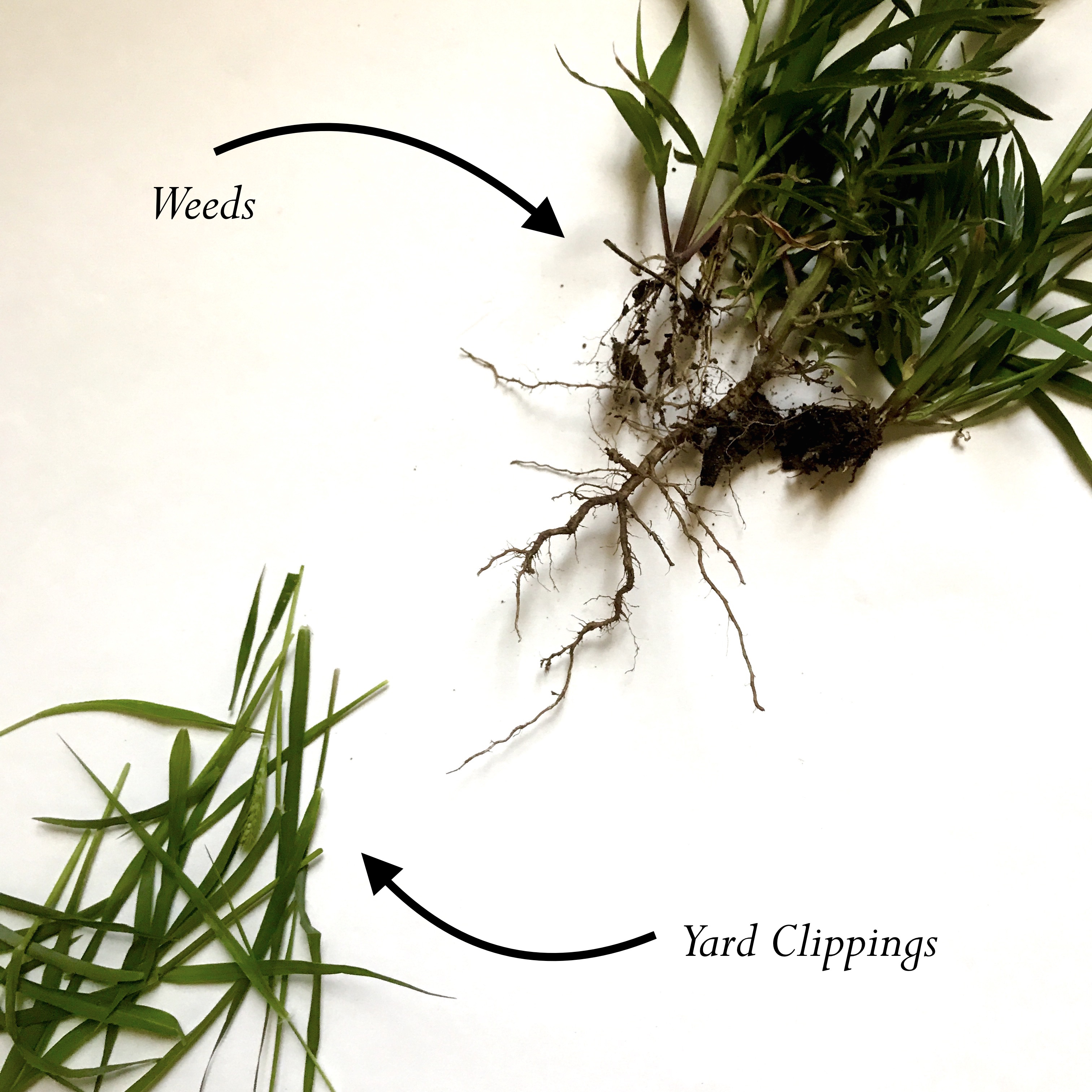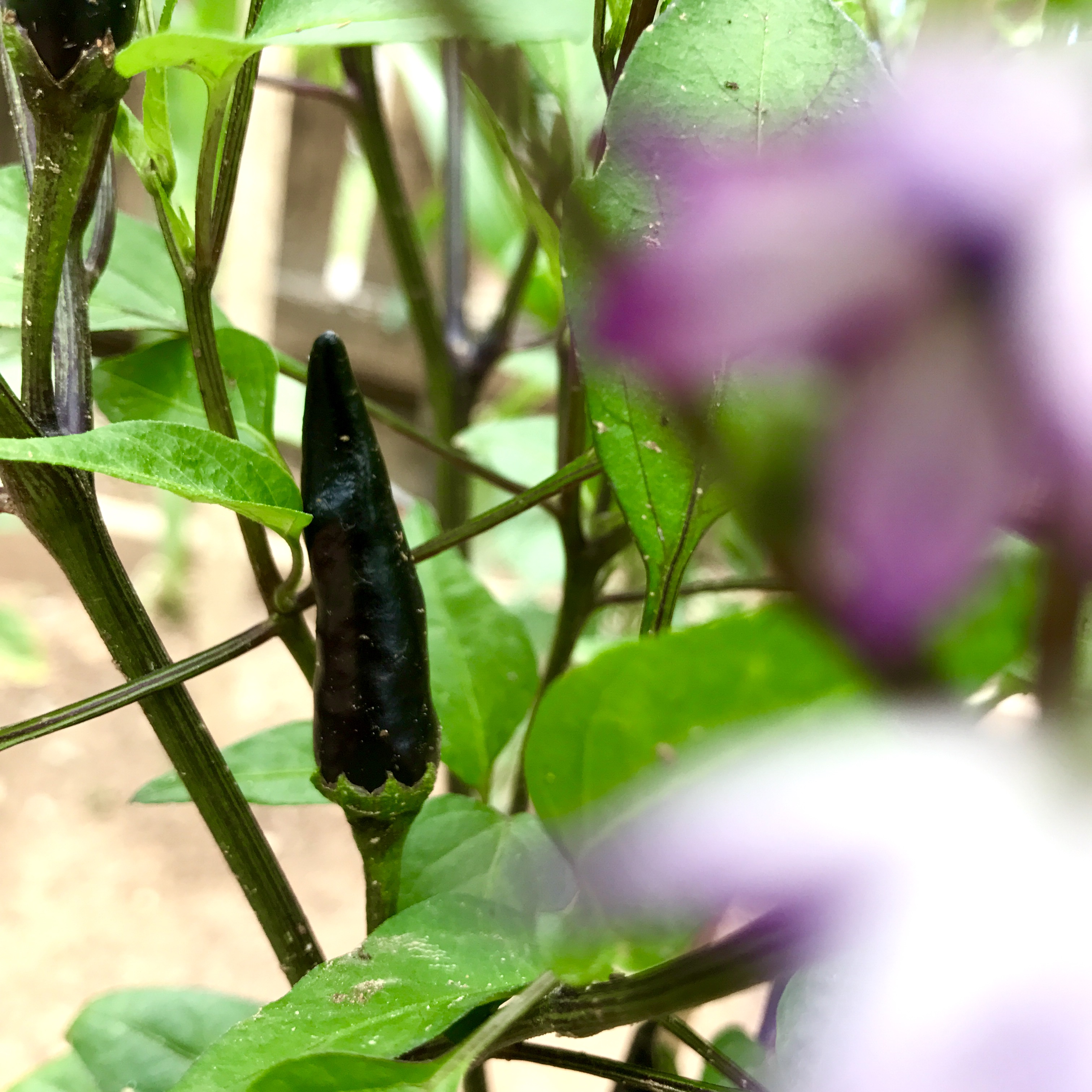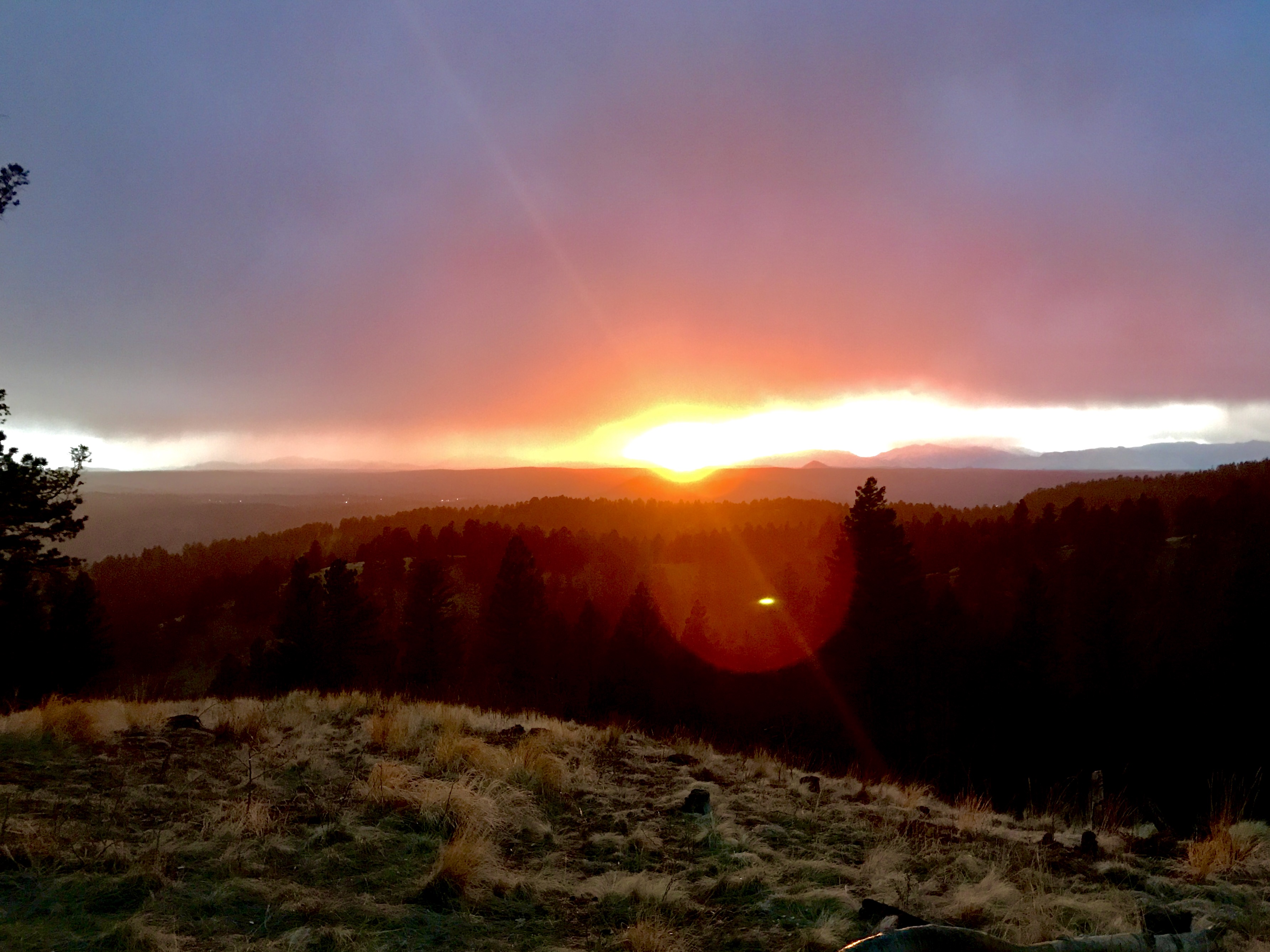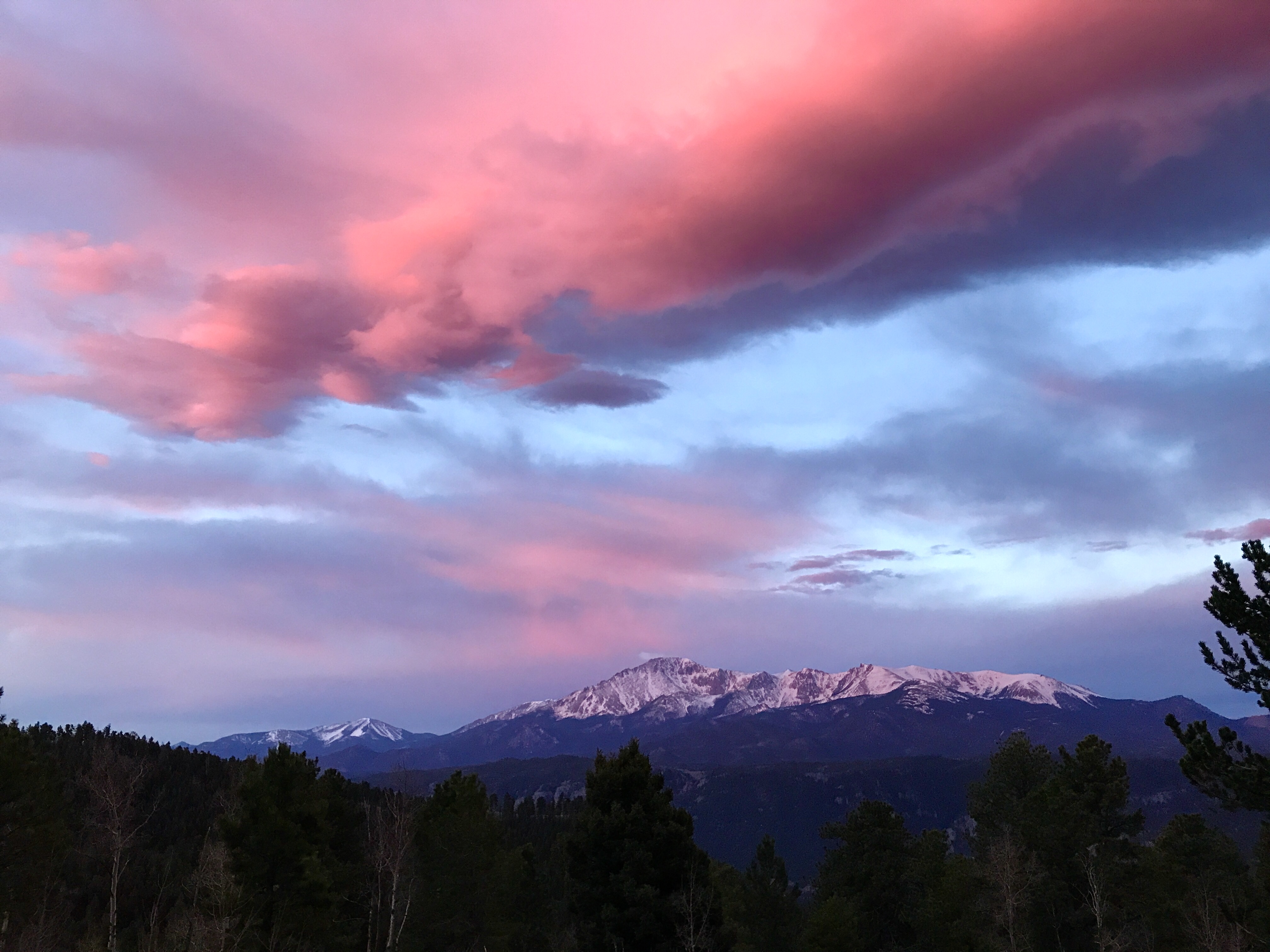
I’ve been drawn to Manitou lately. Drawn to it’s earthy, solemn, calming vibrations. Manitou Springs is a beautiful little town right outside of Colorado Springs. It’s a ten minute drive from home, but we usually avoid it due to the overwhelming crowds. However, I’ve been recently feeling more and more connected with this magical place. With the tourist season dying down, I can finally feel the energy I’ve heard so much about. Soaking in the healing powers of the spring water, taking part in ceremonial crystal cleansing, discovering the expressive dance and yoga community, and exploring the mountains and trails long ago discovered by the Ute tribe. Luke, the imaginative archeologist that he is, helped me connect with this part of history on the Ute Pass, looking down from the top of the ridge to greet the new year. The spiritual connection I’ve felt since the crowds have dissipated make me wonder if the historical and sacred significance has been somewhat desecrated by tourism, the endless streams of traffic and commercialism, overpowering the subtle flow of the spring, the whispering voices of the past. There’s a spiritual piece to this quirky little town that seems to be disappearing, lost in the shuffle. There appears to be a specific attraction to the healing properties of the spring water, but how can we ask the earth to heal us and offer nothing in return? Respect for the natural earth is fading all around us. It’s time to reconnect with our planet, to appreciate and protect her, and to reverse this cycle that we’ve created.
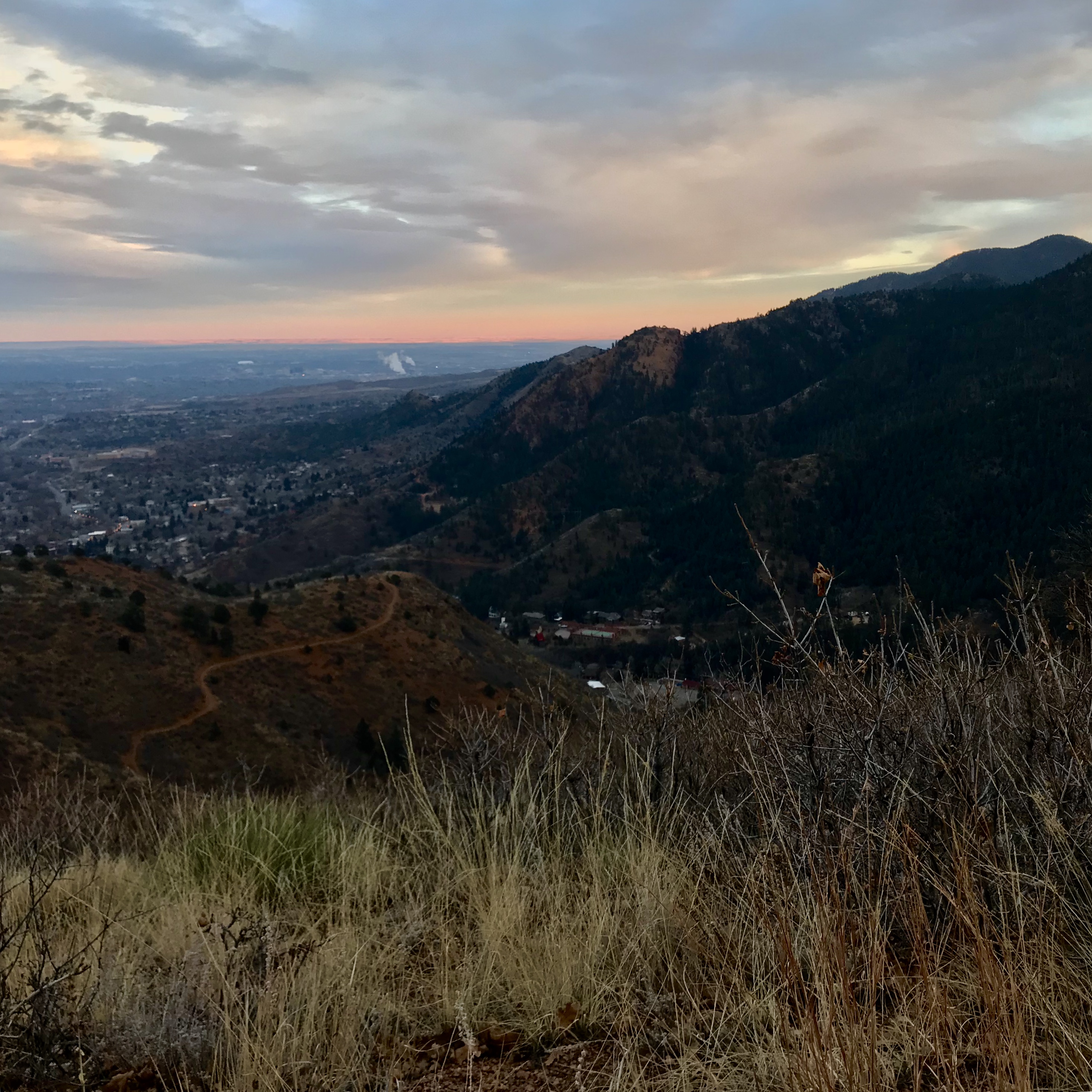
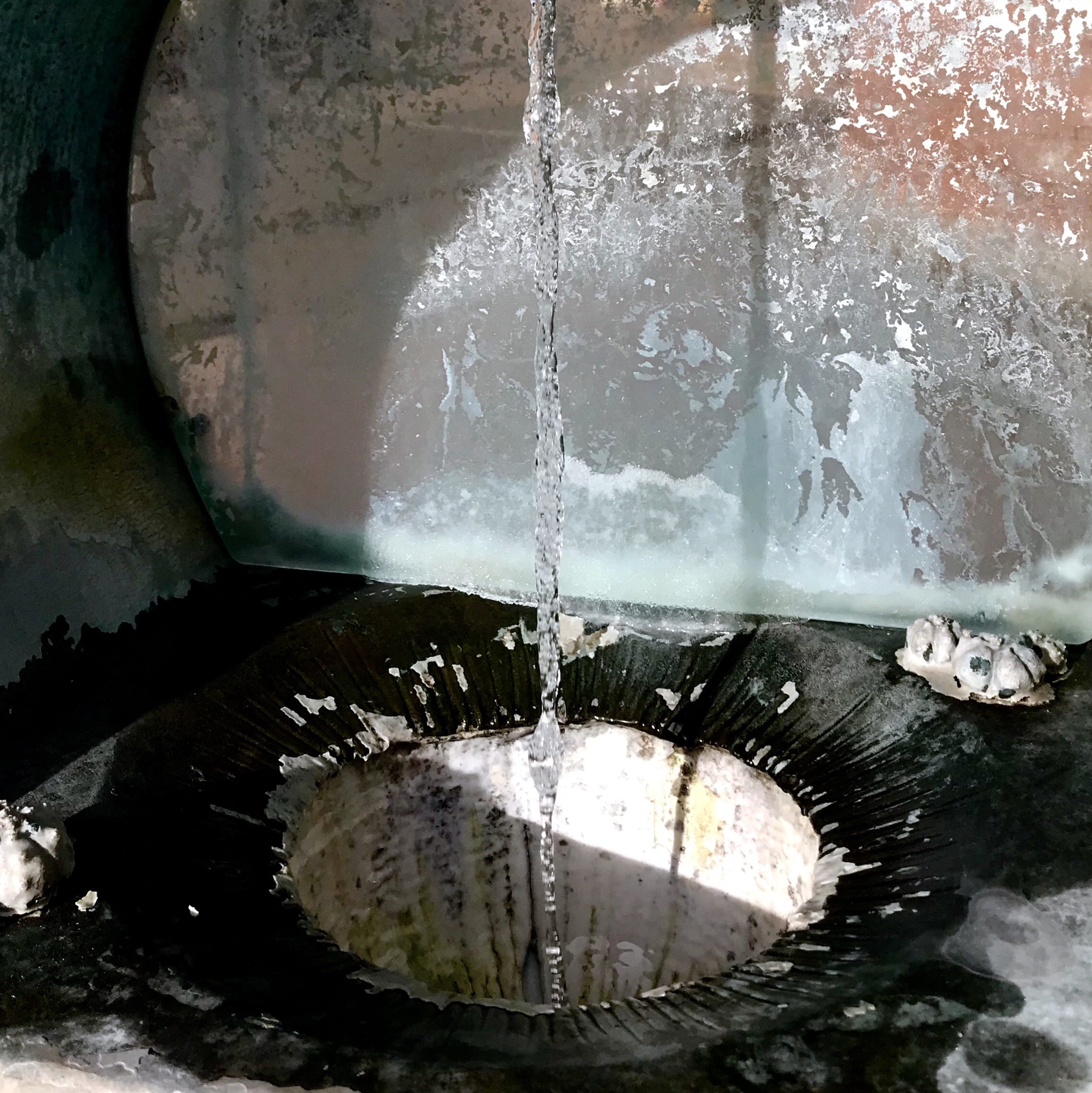
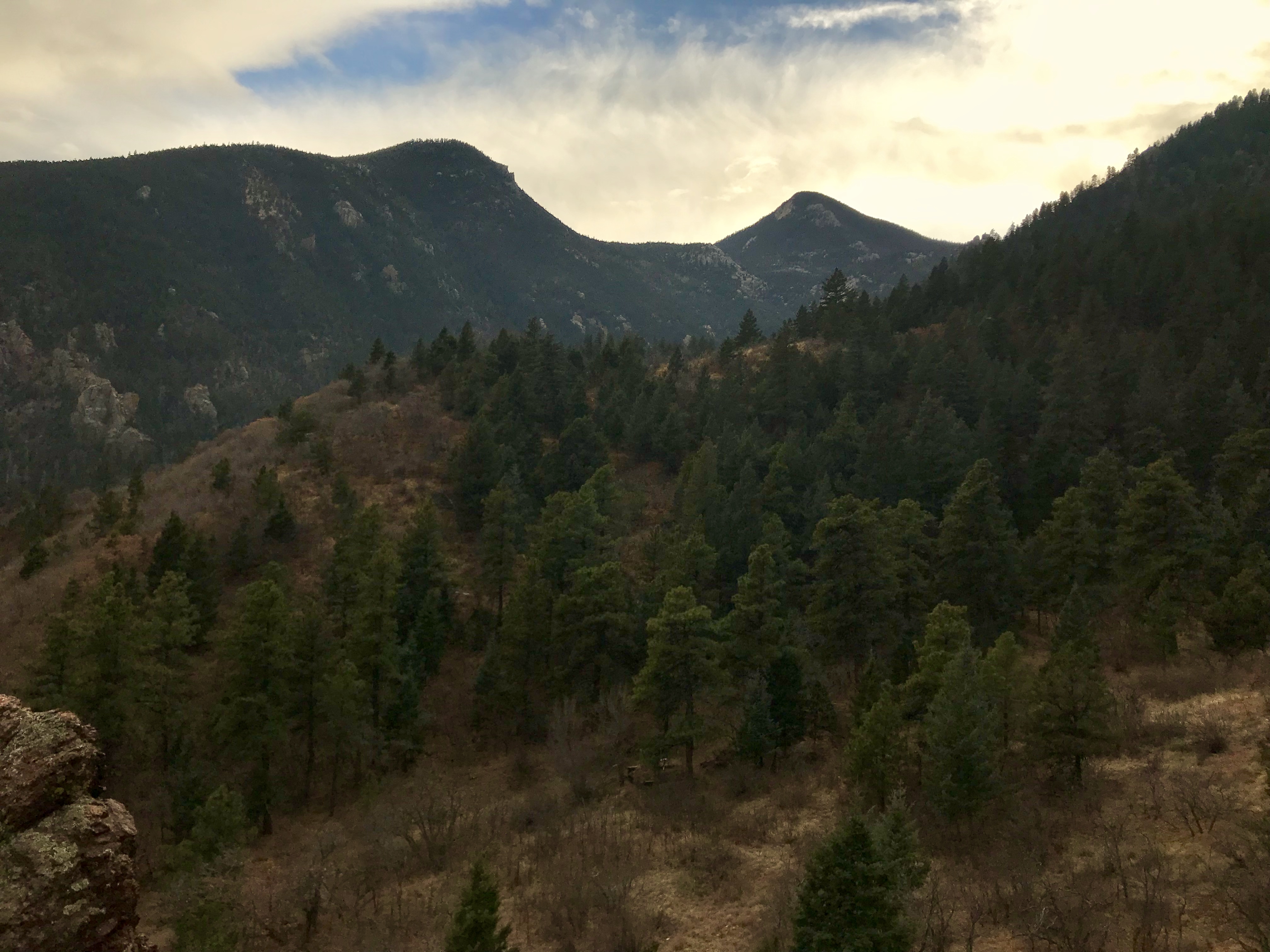
I want to dedicate this post to my partner, Luke. Thank you for your endless inspiration.

